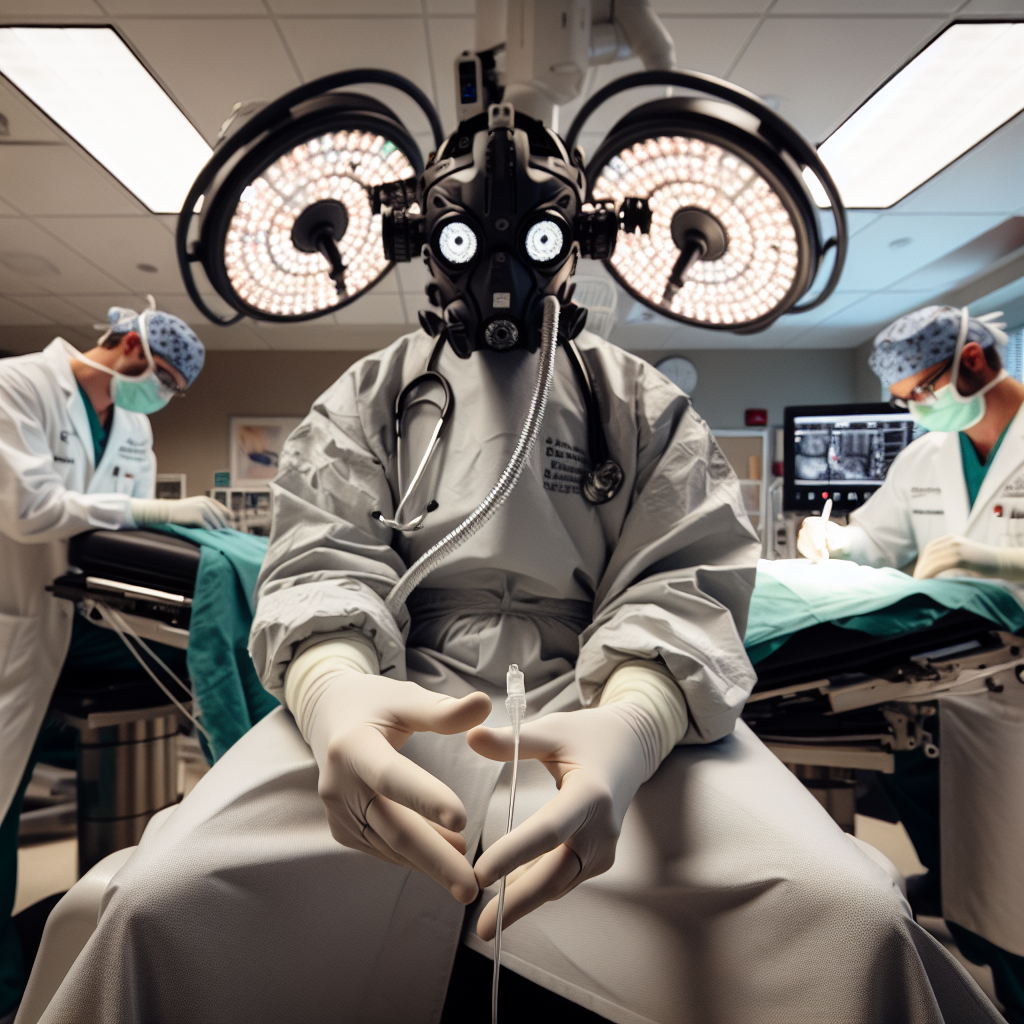The Ultimate Guide to Cincinnati’s Anesthesiology Residency Program4 min read

Are you considering a career in anesthesiology and looking for a comprehensive residency program? Look no further than Cincinnati’s top-ranked anesthesiology residency, which offers a rigorous curriculum, state-of-the-art facilities, and a supportive learning environment. In this ultimate guide, we’ll provide an in-depth overview of the program, including its requirements, admission criteria, and rotation schedule.
Program Overview
Cincinnati’s anesthesiology residency is a four-year program that provides comprehensive training in all aspects of anesthesia care. The program is designed to prepare residents for successful careers as anesthesiologists in a variety of settings, from academic medical centers to private practice.
Curriculum
The curriculum is divided into four years, with each year building on the knowledge and skills acquired in the previous year. Residents rotate through various subspecialties, including:
- Cardiac anesthesia
- Pediatric anesthesia
- Obstetric anesthesia
- Pain management
- Critical care medicine
In addition to clinical rotations, residents participate in didactic sessions, simulation training, and research opportunities. The program also emphasizes the development of leadership and communication skills, which are essential for success in any anesthesiology practice.
Facilities
Cincinnati’s anesthesiology residency program is based at the University of Cincinnati Medical Center, a leading academic medical center that serves as the primary teaching hospital for the University of Cincinnati College of Medicine. The medical center features state-of-the-art operating rooms, advanced monitoring equipment, and a dedicated simulation center for resident training.
Residents also have access to a variety of other clinical sites, including:
- Cincinnati Children’s Hospital Medical Center
- Cincinnati VA Medical Center
- The Christ Hospital
- Good Samaritan Hospital
These diverse clinical settings provide residents with exposure to a wide range of patient populations and clinical scenarios, preparing them for the challenges of real-world anesthesiology practice.
Admission Criteria
Admission to Cincinnati’s anesthesiology residency program is highly competitive, with only a limited number of positions available each year. To be considered for admission, applicants must meet the following criteria:
- Graduation from an accredited medical school
- Completion of a preliminary year of training in a surgical or medical specialty
- Passing scores on the USMLE Step 1 and Step 2 exams
- Strong letters of recommendation from faculty members and clinical supervisors
- Demonstrated commitment to a career in anesthesiology
In addition to these basic requirements, the admissions committee also considers factors such as research experience, leadership skills, and community service when evaluating applicants.
Rotation Schedule
The rotation schedule for Cincinnati’s anesthesiology residency program is designed to provide residents with a comprehensive education in all aspects of anesthesia care. The schedule includes the following rotations:
| Year | Rotation | Duration |
|---|---|---|
| CA-1 | General OR | 6 months |
| CA-1 | OB | 1 month |
| CA-1 | PACU | 1 month |
| CA-1 | Preop | 1 month |
| CA-1 | Acute Pain | 1 month |
| CA-1 | Chronic Pain | 1 month |
| CA-1 | Vacation | 1 month |
| CA-2 | Cardiac | 2 months |
| CA-2 | Pediatrics | 2 months |
| CA-2 | Neuro | 1 month |
| CA-2 | Regional | 1 month |
| CA-2 | Vascular/Thoracic | 2 months |
| CA-2 | ICU | 2 months |
| CA-2 | Elective | 1 month |
| CA-2 | Vacation | 1 month |
| CA-3 | Advanced Clinical Track | 8 months |
| CA-3 | Research | 2 months |
| CA-3 | Elective | 1 month |
| CA-3 | Vacation | 1 month |
During the Advanced Clinical Track in the CA-3 year, residents have the opportunity to focus on a specific area of interest, such as cardiac anesthesia, pediatric anesthesia, or pain management. This allows residents to develop expertise in a particular subspecialty and prepare for future fellowship training or practice opportunities.
Frequently Asked Questions
What is the call schedule like for residents in the program?
Residents in Cincinnati’s anesthesiology residency program take call on a rotating basis, with the frequency and duration of call shifts varying by year of training. CA-1 residents typically take call every fourth night, while CA-2 and CA-3 residents take call less frequently. The program is committed to ensuring that residents have adequate time for rest and recovery between call shifts.
What research opportunities are available to residents in the program?
Cincinnati’s anesthesiology residency program places a strong emphasis on research, with all residents required to complete a scholarly project during their training. Residents have access to a variety of research resources, including dedicated research faculty, statistical support, and funding for conference travel and presentation. Many residents go on to present their research at national and international conferences and publish their findings in peer-reviewed journals.
What fellowship opportunities are available after completing the residency program?
Graduates of Cincinnati’s anesthesiology residency program are well-prepared for a variety of fellowship opportunities, including:
- Cardiac anesthesia
- Pediatric anesthesia
- Pain medicine
- Critical care medicine
- Obstetric anesthesia
The program has a strong track record of placing graduates in top fellowship programs across the country, and many graduates go on to pursue academic careers or leadership positions in private practice.
Conclusion
Cincinnati’s anesthesiology residency program offers a comprehensive education in all aspects of anesthesia care, preparing residents for successful careers as anesthesiologists in a variety of settings. With its rigorous curriculum, state-of-the-art facilities, and supportive learning environment, the program is an excellent choice for aspiring anesthesiologists who are committed to providing the highest quality care to their patients. By completing this program, residents will gain the knowledge, skills, and experience necessary to become leaders in the field of anesthesiology.
